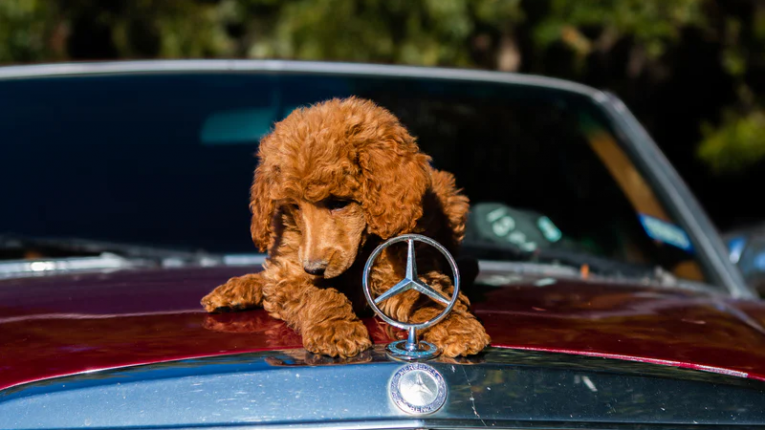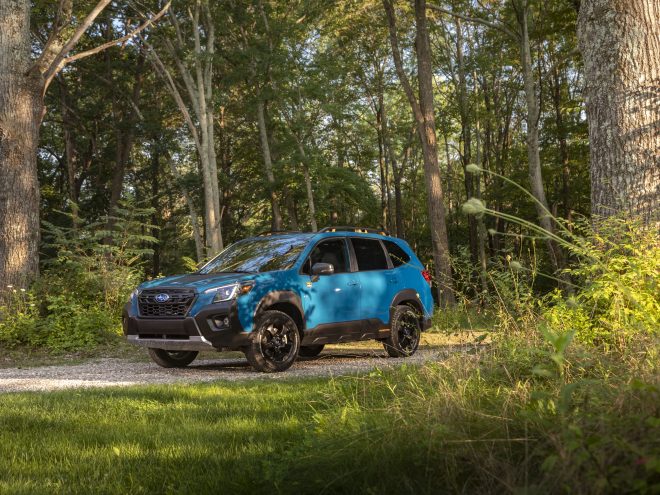
The Ultimate Guide to Ceramic Coating
A ceramic coating is a liquid polymer that bonds with the surface of your car. It then cures to a hard, glass-like finish that shines and protects against environmental contaminants.
Before ceramic coating can work its magic, you need a clean canvas. A meticulous wash and clay bar treatment removes contamination, setting the stage for smooth, flawless results.
Preparation
Whether you are an automotive enthusiast or just a car lessee eager to sidestep wear-and-tear penalties, preserving the pristine look of your vehicle is a priority. Fortunately, with ceramic coating and proper care, your vehicle can remain in showroom condition for years.
This advanced protective solution works better than wax and other solutions at eliminating scratches, smudges, fading, and other imperfections. However, a successful application begins with a thorough prep process that ensures the best results.
Washing, claying, and polishing are all essential steps in this process. However, many overlook one critical step: panel wiping with a decontamination agent. This product removes any waxes, oils, and silicones that may be left behind after the polishing stage. Ethos Detox is a quick and easy-to-use decontamination spray that works effectively.
When it comes time to apply the ceramic coating, you’ll need an applicator sponge and a clean microfiber cloth wrapped around it. Make sure both of these are lint-free and premium in quality.
Application
Ceramic coating is an excellent choice if you’re a car enthusiast looking to maintain your beloved ride or protect an expensive classic. This high-performance clear coat is designed to provide a stunning showroom shine and protect your paint from environmental damage and contamination.
The application process involves prepping the surface, scrubbing, claying, washing, and wiping to remove any oils, silicones, or waxes still on your vehicle’s exterior. Correcting scratches, swirl marks, or other imperfections before applying a ceramic coating is also a good idea.
Next, apply the ceramic coating to your vehicle using a foam applicator pad or other recommended tool. Following the manufacturer’s instructions on the number of layers and curing time is essential. Start with a panel such as a fender and work around the vehicle’s body. Ensure the application is evenly applied, and avoid leaving drips or runs. Then, wipe off any excess with a clean, lint-free microfiber towel.
Curing
A ceramic coating is a nanoscopic treatment that, when applied correctly, hardens into a firm layer that protects the paintwork on your car from chemical etching and oxidation. It also repels dirt, helps reduce swirl marks, and eliminates the need for frequent washing. However, if you allow enough time for the ceramic coating to cure fully, you will be satisfied with its results.
Once your vehicle is coated, you must avoid any products containing detergents or unbalanced pH levels until the ceramic coating has reached its total 9H hardness. You’ll need to protect your vehicle from extreme temperatures during this period as it might disrupt the curing process. Your installer will provide instructions on how to care for your car during the curing process, and you must follow these guidelines to ensure the success of your new ceramic coating.
Maintenance
The perks of the ceramic coating are undeniable: it repels water, dirt, and debris, allowing you to wash your car more often without worrying about swirl marks, scratches, or chemical etching. It also prevents oxidation and keeps your paintcolor looking vibrant.
After your ceramic coating application, it’s essential to follow a proper maintenance process so it can last longer and provide the best protection possible. Start with a thorough clay bar treatment before washing to remove lingering contaminants and ensure you work with a smooth surface.
Use a pH-neutral soap to avoid exposing the ceramic coating to harsh chemicals and maintain its hydrophobic qualities. Rinse thoroughly and dry your car with a soft microfiber towel, such as a 20 x 30 inches Chemical Guys Woolly Mammoth drying towel, to ensure no water spots are left behind. Repeat this entire process weekly to keep your vehicle looking pristine and protected.









